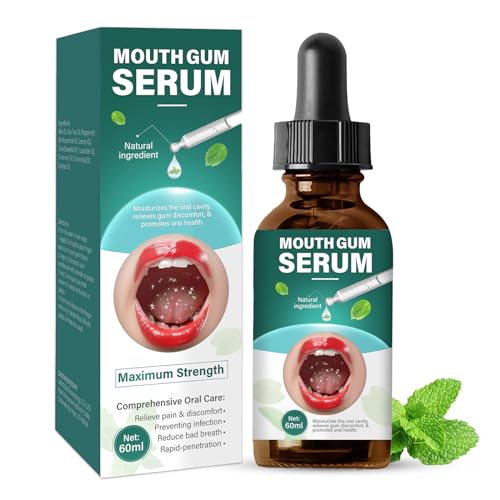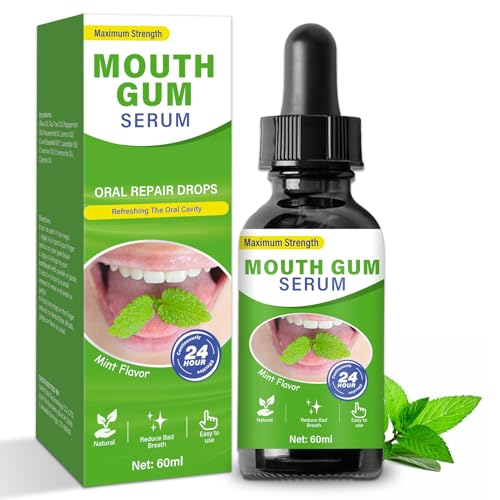Receding Gum Line: Causes, Prevention, and Treatment
A Receding Gum Line is a common dental issue that affects millions of people worldwide. This condition occurs when the gum tissue surrounding the teeth begins to pull back, exposing the tooth roots. As a result, individuals may experience increased tooth sensitivity, a higher risk of decay, and aesthetic concerns. Understanding the causes, prevention strategies, and treatment options for a receding gum line is essential for maintaining optimal oral health.
What Causes a Receding Gum Line?
Several factors contribute to a receding gum line, including both lifestyle choices and genetic predisposition. Below are some of the most common causes:
Poor Oral Hygiene
Failing to brush and floss regularly can lead to plaque and tartar buildup. Over time, this accumulation can cause gum disease, which is a leading cause of gum recession.
Aggressive Brushing
Brushing too hard or using a toothbrush with hard bristles can wear down gum tissue, leading to gum recession. It is important to use a soft-bristled toothbrush and gentle brushing techniques.
Gum Disease
Periodontal disease, caused by bacterial infections, damages gum tissue and underlying bone structures. If left untreated, it can lead to severe gum recession and tooth loss.
Genetic Factors
Some individuals are genetically predisposed to having thin gum tissue, making them more susceptible to gum recession. If your family has a history of gum disease or receding gums, you may be at a higher risk.
Smoking and Tobacco Use
Tobacco products contribute to the accumulation of plaque and bacteria, increasing the likelihood of gum recession. Additionally, smoking weakens the immune system, making it harder for the gums to heal.
Hormonal Changes
Fluctuations in hormone levels, particularly in women during pregnancy, menstruation, or menopause, can make gums more sensitive and prone to recession.
Teeth Grinding and Clenching
Bruxism (teeth grinding) puts excessive pressure on the gums, causing them to recede over time. Using a mouthguard at night can help protect your teeth and gums from damage.
Misaligned Teeth
Crooked teeth or an improper bite can lead to uneven pressure on the gums, which may contribute to gum recession. Orthodontic treatment can help correct alignment issues and prevent further damage.
How to Prevent a Receding Gum Line
Although gum recession is a progressive condition, it can be prevented or slowed down by following proper oral care habits. Here are some essential tips to maintain healthy gums:
1. Practice Good Oral Hygiene
Brushing at least twice a day with a soft-bristled toothbrush and using fluoride toothpaste can help protect gum tissue. Additionally, flossing daily removes plaque and food particles from between teeth, reducing the risk of gum disease.
2. Use a Gentle Brushing Technique
Avoid scrubbing your teeth aggressively. Instead, use small circular motions and a light touch to prevent unnecessary gum damage.
3. Quit Smoking and Avoid Tobacco
Tobacco use is a major risk factor for gum disease and recession. Quitting smoking can significantly improve gum health and overall oral hygiene.
4. Maintain a Balanced Diet
A diet rich in vitamins and minerals, particularly Vitamin C and calcium, helps strengthen gums and teeth. Eating crunchy vegetables, such as carrots and celery, can also help clean teeth naturally.
5. Visit Your Dentist Regularly
Routine dental check-ups allow your dentist to detect early signs of gum recession and recommend appropriate treatment. Professional cleanings remove plaque and tartar buildup, reducing the risk of gum disease.
6. Wear a Mouthguard
If you grind your teeth at night, a custom-fitted mouthguard can prevent further damage to your gums and teeth.
7. Address Misalignment Issues
If you have crooked teeth or an improper bite, orthodontic treatment such as braces or clear aligners can help distribute pressure evenly across your gums, preventing recession.
Treatment Options for a Receding Gum Line
If you already have a receding gum line, several treatment options can help restore your gum health. The appropriate treatment depends on the severity of your condition.
1. Scaling and Root Planing
For mild gum recession, a deep cleaning procedure known as scaling and root planing can be effective. This treatment removes plaque and bacteria from below the gum line and smooths the tooth roots to encourage gum reattachment.
2. Gum Grafting Surgery – Receding Gum Line
In severe cases, gum grafting surgery may be necessary to restore lost gum tissue. This procedure involves taking tissue from another part of the mouth and grafting it onto the affected area to cover exposed tooth roots.
3. Pinhole Surgical Technique – Receding Gum Line
This minimally invasive procedure involves creating tiny holes in the gum tissue and repositioning it over the receded areas. It offers faster healing times and less discomfort compared to traditional gum grafting.
4. Antibiotic Therapy – Receding Gum Line
If bacterial infections contribute to gum recession, your dentist may prescribe antibiotics to eliminate harmful bacteria and promote gum healing.
5. Regenerative Procedures
For patients with advanced gum disease and bone loss, regenerative treatments such as guided tissue regeneration can help rebuild lost bone and gum tissue.
The Connection Between Receding Gum Line and Overall Health
Gum health is closely linked to overall health. Studies have shown that gum disease and receding gums can contribute to various systemic conditions, including:
- Heart Disease: The bacteria responsible for gum disease can enter the bloodstream and increase the risk of cardiovascular problems.
- Diabetes: Individuals with diabetes are more prone to gum infections, making proper oral care essential.
- Respiratory Infections: Bacteria from the mouth can be inhaled into the lungs, leading to infections and complications such as pneumonia.
Final Thoughts: Taking Action Against a Receding Gum Line
A receding gum line is a serious oral health issue that should not be ignored. By understanding its causes, practicing good oral hygiene, and seeking timely treatment, you can protect your gums and overall well-being. If you notice signs of gum recession, such as tooth sensitivity or exposed roots, consult your dentist for a proper diagnosis and treatment plan.
Maintaining healthy gums is essential for a confident smile and overall health. Take proactive steps today to prevent and treat gum recession, ensuring a lifetime of strong and healthy teeth.





